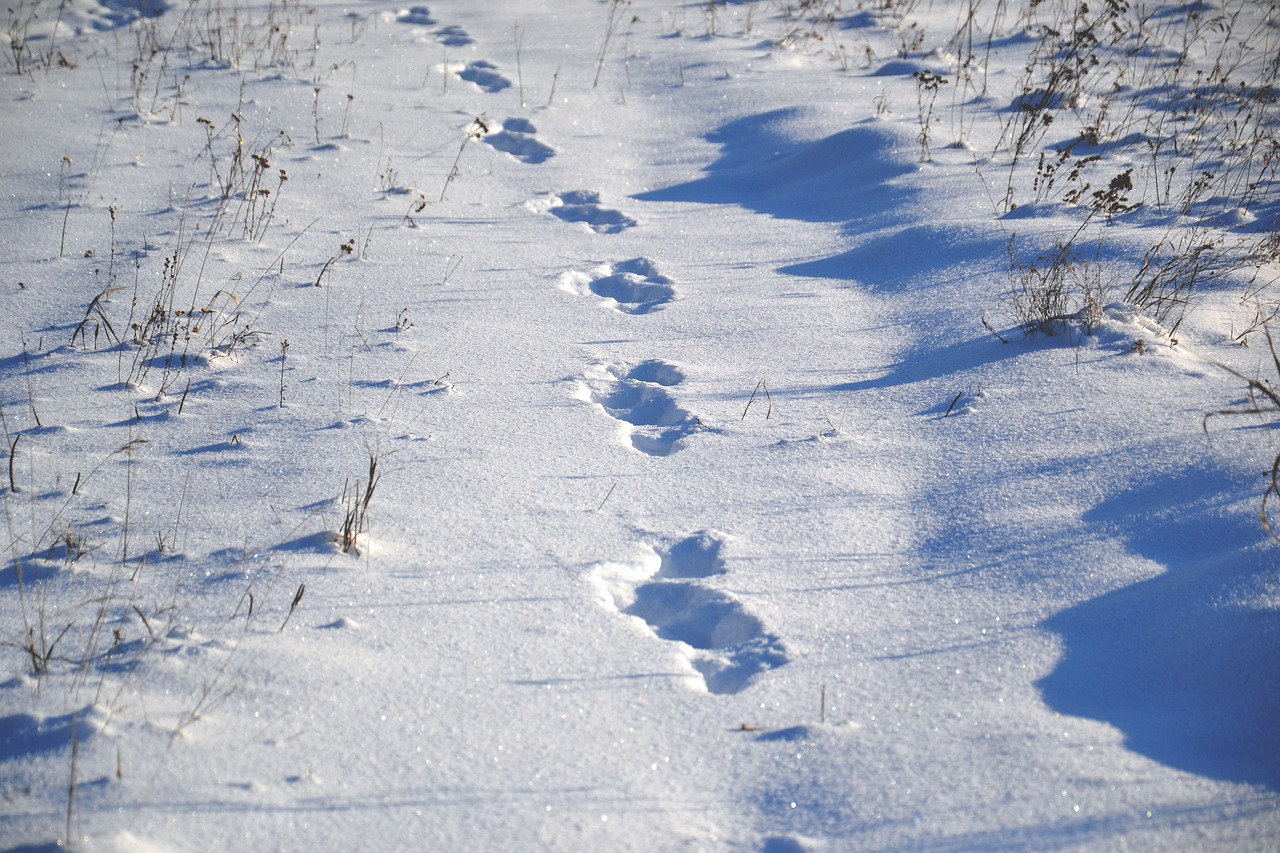Game tracking is an ancient skill, a blend of art and science that has been honed and passed down through countless generations. It involves more than just following footprints; it’s about becoming intimately acquainted with your environment, understanding animal behavior, and using your senses to the fullest. In this comprehensive guide, we will delve deep into the rich history and modern techniques of game tracking, providing you with the knowledge and insights needed for a successful hunt.
Understanding the Basics
What is Game Tracking?
Game tracking is the practice of locating and following animals in their natural habitat for various purposes—be it hunting, wildlife photography, or scientific research. It’s a skill that calls for a strong grasp of animal behavior, acute observational skills, and an understanding of the terrain you’re navigating. Mastering game tracking is about merging your awareness with the environment, becoming a part of the ecosystem you’re exploring.
Tools You’ll Need
The right tools can enhance your tracking experience significantly. A field guidebook is essential for identifying tracks and signs left by different animals. A measuring tape allows you to take accurate measurements of tracks, aiding in species identification. A compass is indispensable for navigation, especially in dense forests or other challenging terrains. And never underestimate the value of a notebook and pen for jotting down observations, or a camera for documenting tracks and other signs.
The Five Senses Approach
Look
Your eyes are your primary tool for tracking. Visual clues such as footprints, scat (animal droppings), and feeding signs like chewed foliage can be goldmines of information. They can tell you not only the species you’re tracking but also the direction they’re heading, their speed, and even their state of mind.
Listen
Listening attentively can often reveal the presence of game before you even catch sight of them. The sounds of vocalizations, movement in the undergrowth, or even the warning calls of other animals can all provide valuable clues. Paying attention to the soundscape around you can drastically improve your tracking success.
Smell
The olfactory aspect of tracking is often overlooked but can be incredibly revealing. Animals frequently leave behind a scent trail, and with a well-trained nose, you can detect signs like musk, urine, or the natural odors of the animals you’re tracking. However, the effectiveness of this sense can vary depending on individual capability and environmental conditions.
Touch
Your sense of touch can provide clues that are easily missed otherwise. Feeling the ground where tracks are laid can help you determine whether they are fresh or old. Similarly, broken twigs or the temperature of scat can provide additional information about your quarry’s recent activities.
Taste
Tasting is generally not recommended due to the obvious health risks involved. However, it’s worth noting that some traditional tracking methods did involve taste to a certain extent. Modern trackers, for the most part, avoid this sense in favor of safer methods.
Interpreting Animal Behavior
Understanding the behavior of the animal you’re tracking can give you a significant advantage. You can make educated guesses about their next moves, such as where they might be heading for food or water. Knowing their preferred grazing areas, resting spots, and frequented watering holes and salt licks can save you time and energy, making your tracking endeavor much more efficient.
Reading the Environment
Different environments offer different challenges and opportunities for game tracking. Forests are rich in visual clues, but the dense foliage can make it difficult to track animals over long distances. Grasslands may offer easier spotting opportunities, but in these open spaces, you may need to rely more on auditory and olfactory clues. Wetlands provide a wealth of visual signs but come with their own set of challenges, such as muddy terrain that can be difficult to navigate.
Advanced Techniques
Track Traps
Creating track traps, areas where the ground is softened with loose soil or sand, can help you capture clear footprints of passing animals. This technique is particularly useful in terrains where tracks are otherwise hard to spot. It’s an age-old trick that can yield high-quality information.
Directional Indicators
Natural formations like rocks, logs, or even the layout of the land can serve as directional indicators. These features can help guide you in the direction the animal is most likely to have taken. This is especially useful in areas where tracks are hard to find or easily lost.
Time Stamping
Knowing how to determine the age of tracks or signs can give you a sense of how far behind your quarry you are. This involves understanding environmental factors such as weather conditions, which can affect the appearance of tracks over time. Time-stamping is crucial for prioritizing which tracks to follow.
Conclusion
The art of game tracking is a skill that takes time, patience, and a lot of practice to master. The more you understand about the environment and the animals you’re tracking, the more successful you’ll be. The right tools, an understanding of animal behavior, and a keen sense of observation are all part of the game. And remember, often the chase is just as rewarding as the catch, offering you a deeper connection to the natural world around you.


Leave a Reply